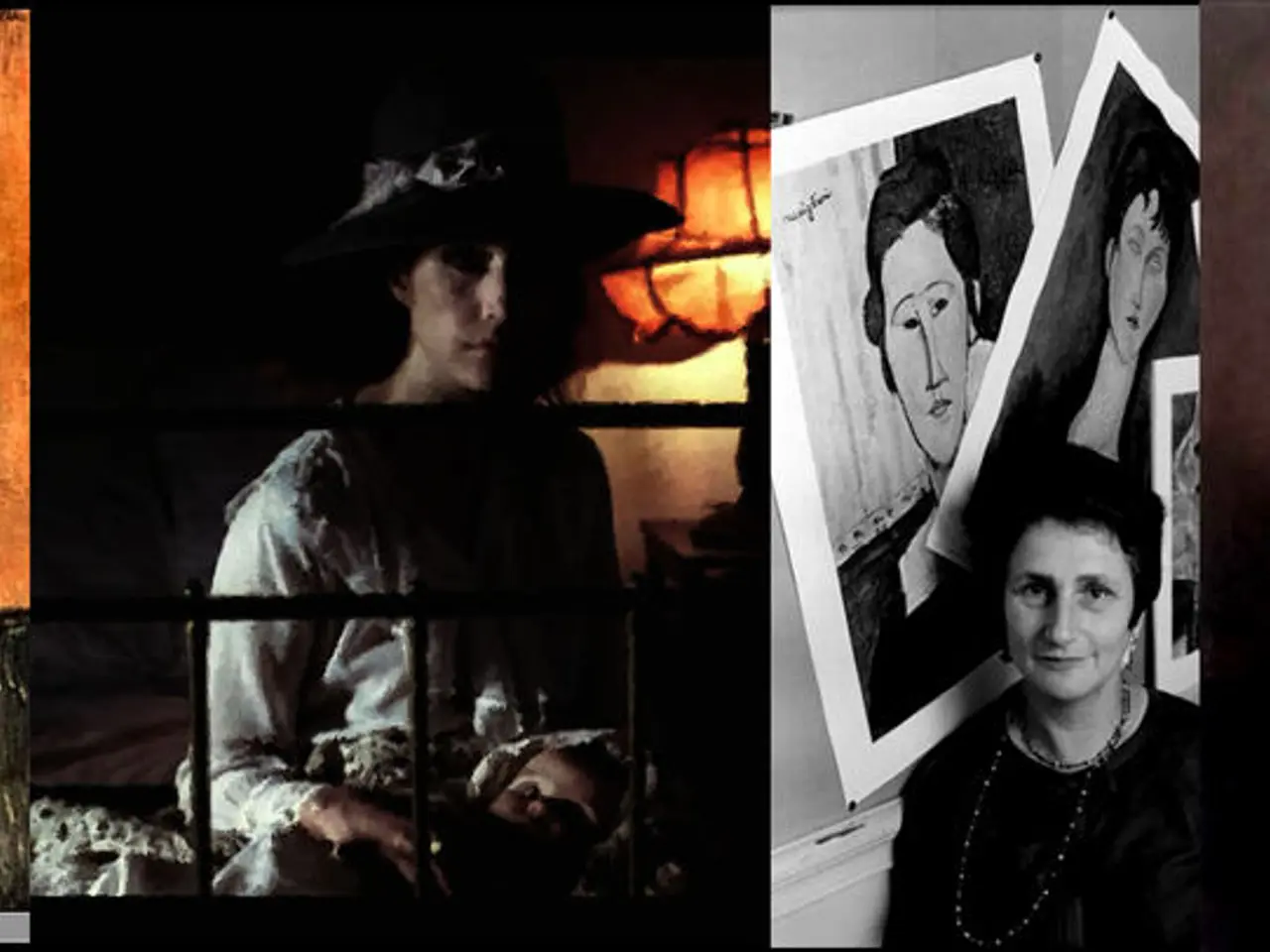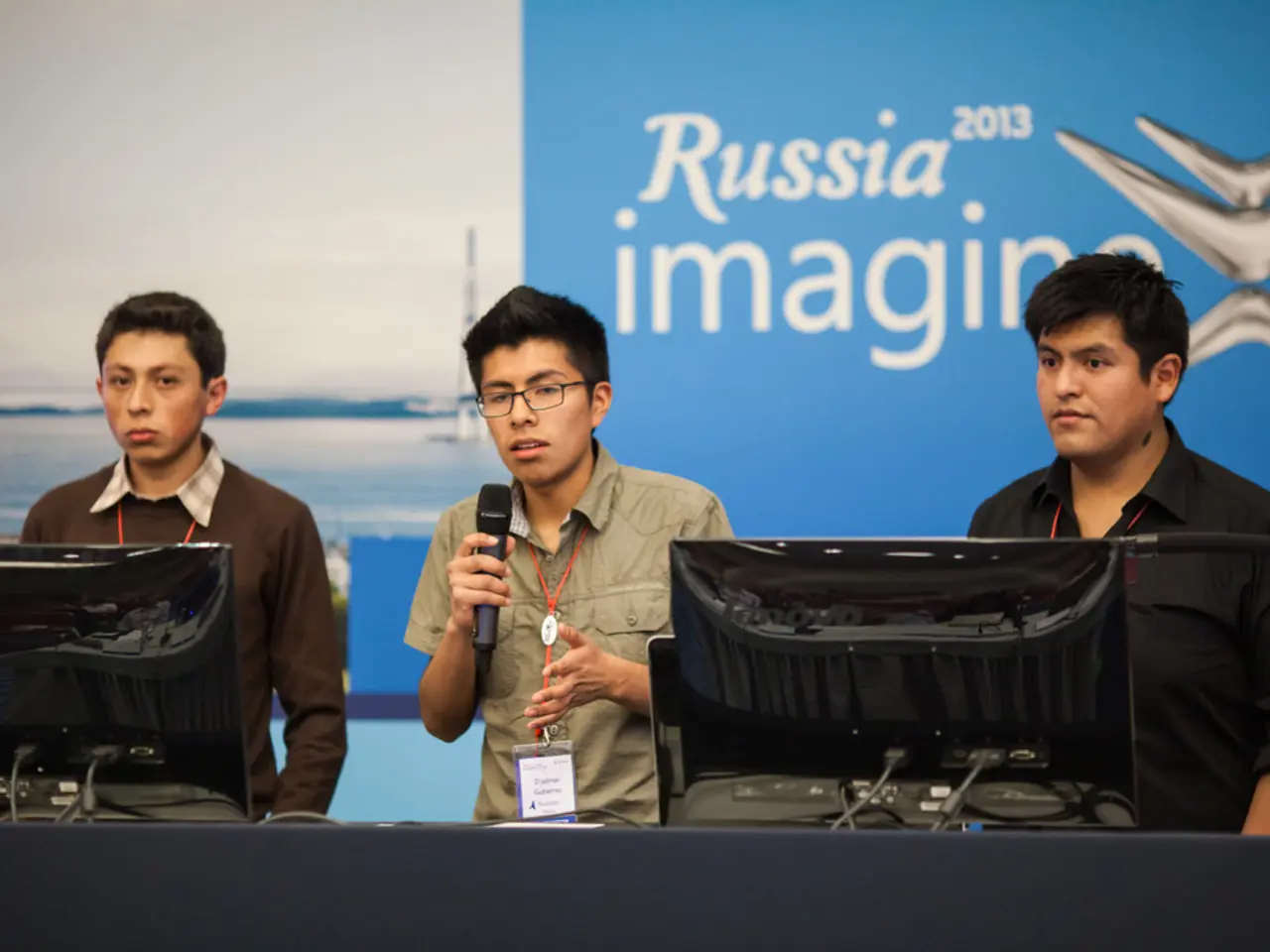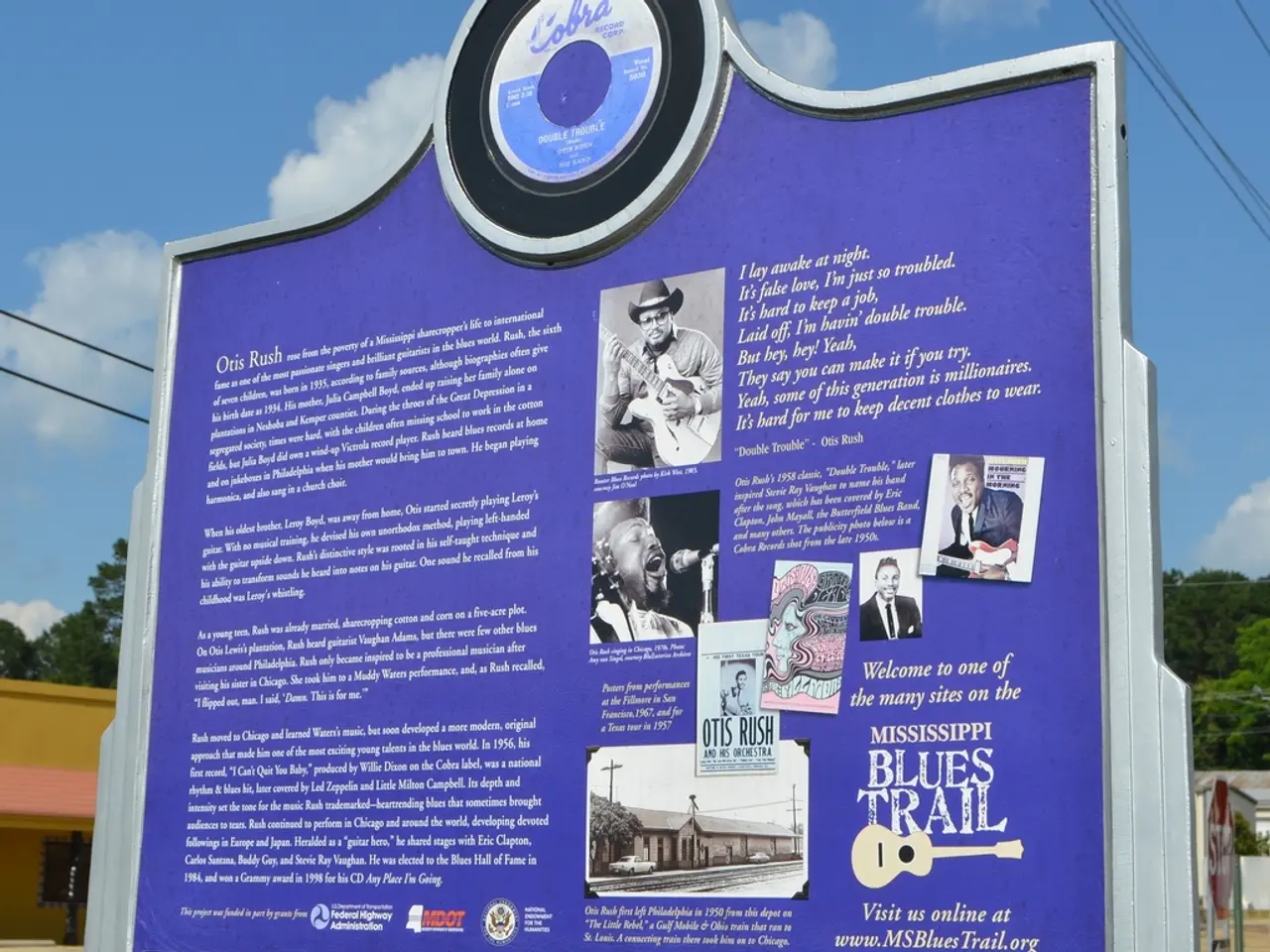Exploring Photographic Roots: A Glimpse into The Met's 'The Modern Art: Early American Photography, 1839-1910'
=======================================================================================
The Metropolitan Museum of Art's current exhibit, 'The New Art: American Photography, 1839-1910,' offers a captivating journey through the early history of American photography. This exhibition showcases the transition from complex preparation processes of early daguerreotypes and ambrotypes to the swift, easy tintypes and later inventions.
- Daguerreotypes (1839–circa 1860) The exhibit begins with the first widely practiced photographic process, the daguerreotype. Invented by Louis-Jacques-Mandé Daguerre in France and introduced globally in August 1839, daguerreotypes were unique, highly detailed images produced on a silver-coated copper sheet. Exposure in a camera was followed by development using hot mercury vapor. While these images were incredibly detailed, they were also expensive, prone to damage, highly reflective, and very dull. The darkened parts were hard to see due to their reflective nature, making them somewhat enigmatic and vividly real.
- Ambrotypes (1854–1870) The ambrotype, developed in England but popularized and named by Americans, emerged as a natural successor to the daguerreotype. It used a glass plate coated with a light-sensitive emulsion to create a positive image when backed by a dark material. This process was cheaper, faster, and produced images easier to view under variable lighting due to less glare. It also corrected the daguerreotype’s lateral image reversal, avoiding awkward mirror-image issues such as backward clothing buttons or incorrectly placed rings. Ambrotypes gained popularity in the U.S. mainly from the mid-1850s until around 1870.
- Tintypes (mid-1850s onward) Tintypes, referred to as the first "populist medium" by writer, critic, and artist Lucy Sante in the Met Museum's audio guide to the exhibit, emerged concurrently with ambrotypes as an economical alternative. Tintypes involved a direct positive image created on a thin iron sheet coated with a dark lacquer or enamel. Like ambrotypes, tintypes were less expensive and more durable than daguerreotypes, becoming widespread for their affordability and convenience.
This progression reflects the 19th-century drive to increase photographic accessibility and practicality, enabling photography’s integration into daily life and culture in the United States. The exhibit also highlights how photography is both a method of documentation and art.
The exhibit features photographs of young children who have passed away, their tiny, sleeping bodies looking almost angelic and perfect. The images capture the essence of the lives of people during the late 19th century, as they were less formal and more authentic, with people smiling, hugging, and posing together in funny ways.
Tintypes were useful during the Civil War for recording soldiers and sending photographs to families of deceased soldiers. As the exhibit showcases, photography marked a significant shift in American culture, with American society focusing on vision and perception in the mid-19th century.
The exhibit runs through Sunday, July 20th, 2025, offering visitors an opportunity to witness the evolution of American photography and appreciate its impact on society.
The progression from daguerreotypes to ambrotypes and tintypes in 'The New Art: American Photography, 1839-1910' exhibit at The Metropolitan Museum of Art exemplifies the role of technology in driving changes, making photography more accessible and integrated into the culture of the United States. As the exhibit demonstrates, through advancements in photography, historical moments, such as the Civil War, were captured and news of the era was shared. Moreover, this exhibition enlightens viewers on the intersection of photography as both a artistic medium and a historical record, as evidenced by the lasting impression of photographs preserving the essence of cultural moments and everyday lives in the 19th century.




